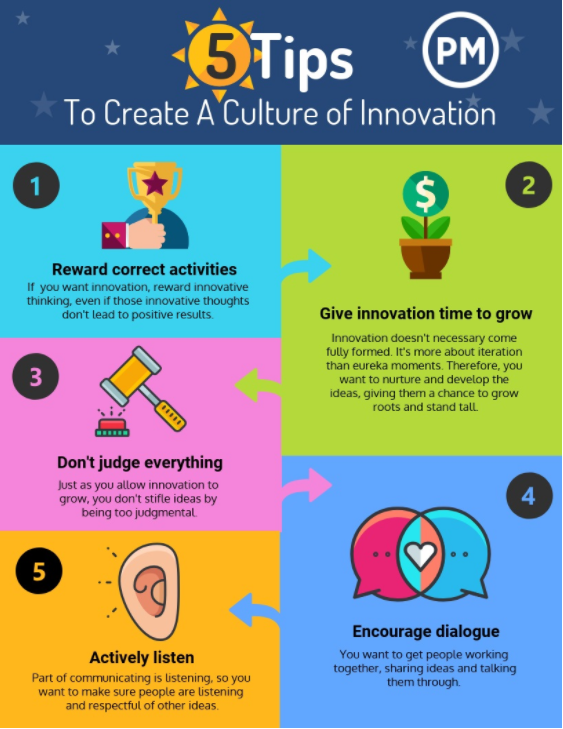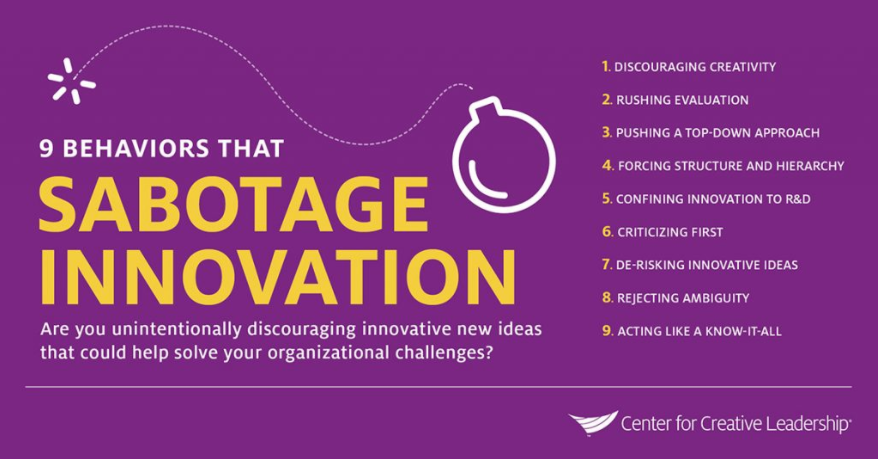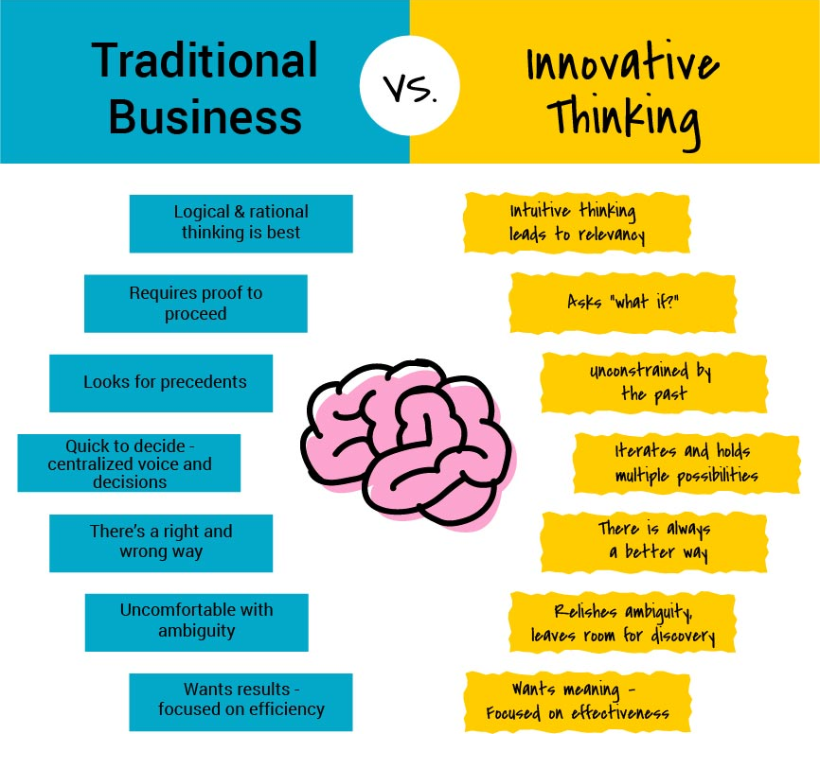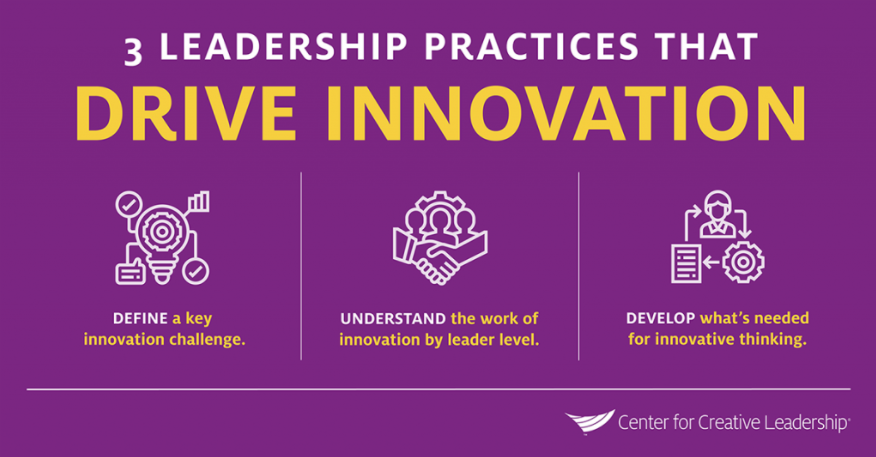In recent years, businesses have become increasingly aware of the importance of fostering a healthy internal culture. It’s now widely accepted that having the right company culture is an integral part of workforce optimization—getting the most out of employees and creating an environment they’re genuinely happy to be a part of.
A healthy company culture has been shown to improve employee productivity. What’s more, it makes it easier for firms to attract top talent and reduce staff turnover by giving workers an incentive to stick around longer.
Also among the numerous benefits of focusing on company culture is its potential for enhancing innovation. If you can succeed in creating a workplace culture to which people feel they genuinely belong, you’ll be doing a great deal to increase their motivation. That is likely to spur all sorts of new ideas and discoveries.
It’s often overlooked, but generating a real sense of belonging can be the ideal springboard to innovation. It’s much easier to innovate, after all, when you’re working alongside a team you really like and trust. In those circumstances, you all know one another’s respective skills and capacities well.

The key question, then, is how to go about creating this kind of workplace culture. Assembling the right team is crucial, of course. Hiring software can help you make well informed hiring choices. There’s much more to fostering a welcoming company culture, though, than choosing suitable software, or trying to nudge people in the appropriate direction with a company-wide memo.
Crucially, establishing a culture is about ethos—what really drives your company, what are its objectives and how does it intend to go about meeting them? The means you choose matter every bit as much as the ends, as we’ll go on to discuss.
Here, we’ll take a look at what it means to create a company culture that fosters innovation and how your business might go about doing it. First, we should remind ourselves that innovation isn’t necessarily a goal purely for its own sake. It’s more a matter of creating innovations that will actually be valued by consumers. From ACD software to CTI software, what the world needs are new innovations that will make their professional as well as their personal lives easier.
As that kind of innovation is inevitably a collaborative endeavour, team spirit and loyalty are crucial in encouraging it. Here’s how you can create a culture that helps your team to work at its most creative and effective.
Create an open environment
The first step toward creating a healthier and happier company culture is to encourage greater openness. Colleagues flourish when they’re able to be upfront and honest with one another, and with their bosses as well. A workplace where people don’t feel confident about articulating their ideas or voicing any concerns they might have is probably not going to be a humming beehive of bold, forward-thinking innovation. Employees must feel that their experience is respected and that their input is valued.

Open and free communication, then, is essential if your workplace culture is going to encourage the experimentation from which real innovation flows. This aspiration needs to be openly articulated to the team: employees must be encouraged to speak up.
Say, for example, a colleague has a great idea for a new piece of SMS software. What can we do to ensure that these ideas are brought out into the open for everyone to discuss and flesh out? Firstly, they must be given reason to believe that their opinions matter. This is how trust is fostered. It shouldn’t be long before your company starts to reap the rewards.
Provide a means to an end
We’ve already discussed how means matter just as much as ends. Innovation itself, of course, should be considered a means to an end. We don’t prize innovation purely because we like creating new things—though of course that is part of the thrill—but rather, the real satisfaction comes when we bring a genuinely useful idea to full fruition.
So, you need to ensure that your workforce doesn’t simply fetishise innovation itself. They need to learn to appreciate that the aim is specifically to create practical innovations. The kind that’ll make a real, positive difference to people’s everyday lives.
Provide your colleagues with guidance as to what you mean when you talk about fostering an open company culture. Offer them relevant examples of how innovation has had a transformative impact. For instance, if you’re working on HR software, show them how it has allowed firms to hire the right staff more reliably, reduce turnover and so on.
Make sure that your team also has access to appropriate training and activities so that they have encouragement to think outside of the box and translate ideas into concrete outcomes.

Keep decisions practical
We’ve emphasized in the previous section that the purpose of innovation is to create practical new products and services. Those solutions that can transform lives for the better, reducing hassle and giving people more free time to perform other important tasks. At the same time, you need to ensure that the decisions you take are similarly practical.
There’s always the temptation to throw everything you have at the wall and see what sticks. But this is unlikely to be sustainable for any business. You should resist (or at least restrain) that instinct to go all-out in pursuit of instant success. Few businesses, in reality, attain success in this manner. It’s good to think and dream big, but keep your feet on the ground. It’s easy to be too ambitious, deliver messy outcomes and leave your team feeling overwhelmed and exhausted.
Try to maintain a more measured pace, and let your colleagues know that they can take things at a less frantic speed. In the long run, this is more conducive to both a healthy working environment and an enduringly profitable bottom line.
Get everyone involved
With the growing dependence on virtual teams, we’ve all had to change the way we work. Remote communication has become prevalent, with colleagues compelled to maintain close collaboration even when they’re geographically distant.
While remote working and global collaboration were already on the rise before the virus struck, maintaining a closely connected workforce has been just one of the challenges businesses have faced in recent months.

This makes it all the more important to take active steps to get the entire team involved in the generation and development of new ideas. If you’re going to create a truly welcoming company culture, you must ensure that everyone is included in that—wherever they are. A culture of inclusivity must embrace all concerned, from managers to entry-level staff (including interns and part-timers).
Customers are a big part of it, too, so don’t forget them. Encourage them to come forward with feedback and suggestions based on their experiences.
Stay flexible
We’ve heard a lot recently about the need for flexibility. We’ve all, too, had to make some pretty dramatic changes to the way we work and communicate with one another. There’s a valuable lesson in this which we’d do well to remember going forward. Namely, it’s that what works for some people doesn’t necessarily work for others.
Creating a culture of openness and frank communication also must take this into account. Make sure you stay open to employee feedback and allow them to play their own role in reshaping your workplace culture for the better.
Culture assessments count
Even after you’ve made changes to your workplace environment and culture, you mustn’t get complacent. Of course, there’s always the temptation to assume that the hard work is done and you can then rest on your laurels a bit. Instead, you should regularly monitor and reassess the working environment you’ve created to see whether or not you need to make further changes.
Regular culture assessments will give you a better idea of what’s working and what isn’t and where additional improvements might be made.

Conclusion
Hopefully this post has given you some helpful tips and suggestions on how you might go about fostering a more innovative and inclusive company culture. Above all, you must remember that achieving this aim is by no means a one-step process. It’s not something you can introduce overnight, by scattering some bean bag chairs or a video game console around the office. It requires real commitment and a willingness to listen to the ideas of the members of your team. They’ll have plenty of them—they just need to be encouraged to bring them to the table.
There will, unavoidably, be an element of trial and error. Not everything you try will work straight away, but that’s not a reason to give up. Be prepared to try different things and adjust your approach where necessary. Most importantly, keep those communication channels open, and continue to measure your organizational culture. If you are to make your workplace a more creative and innovative one, an ongoing dialogue is absolutely essential.





